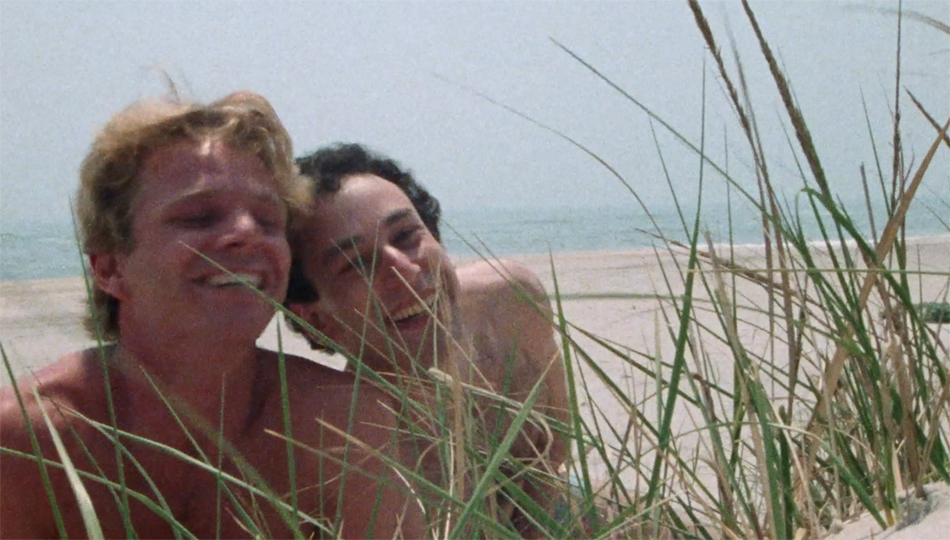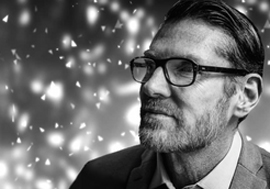David Stuart on BUDDIES
33 years on BUDDIES is still as affecting as ever.
Buddies is a film made chaotically amid a plague that was killing thousands of gay men. While it was happening. It’s also a film about a plague that was killing thousands of gay men; it’s a film set in 1985, about two very gentle, kind and frightened gay men living amid an epidemic that was only burgeoning at the time. But burgeoning dramatically. One of these gentle, kind men volunteers to become a ‘buddy’; to befriend those dying in hospital, abandoned by friends, families, lovers. The very premise of this film is steeped in the kind legacy of community activism that defined that decade. These two men were very different; quite plainly, one is a monogamy-favoring academic, gentle, good. The other, a free-loving wanderer, an agitator, also gentle and good. This dynamic is one of the (many) hearts of this film; two gentle people, very frightened and challenged, full of differences, yet finding kindness and likeness amid panic, chaos, death, fear, anger and differing politics.

There was no benefit of hindsight in the making of this movie. The privilege of reflection, of historical perspective… it did not live here. The maker of this film; the man who wrote it, directed it, made it; he did not have the luxury of calling “cut!”, exiting a movie set and getting on with life. That plague was happening outside the film set door, crashing and killing and propagating fear in mammoth proportions. There was no off switch, no time for reflection, or to process the fear, or to process the many emotions and injustices this community was living with, dying with. Even their 5 year projections/estimates of how many would die from this plague, were devastatingly conservative.
This is a film, made naively and responsively in the moment. You’ll know this as you watch this film. As the gentle people in the film act, the real life outside crashed in; you hear it in the politics, in the porn they watch on the deathbed; you see it in the 80s clock radio beside the bed. Not a prop; this is 1985 and you can’t forget it. As these gentle actors act, you can feel the real-time bewilderment of Ronald Regan’s denial, of gay sex-phobic heterosexual America. New York’s Statue of Liberty appears accidentally in the film too; a symbol of inclusion, freedom and liberty actually falling apart, as it was shrouded in scaffolding in 1985, crumbling with age and neglect. Her torch was literally beyond repair in 1985. From behind her scaffolding, she watched over New York as a government neglected a dying people, ignoring a plague.
This is a film, made in chaos and fear and love. Watch with a friend; you’ll need your friend with you for this. Be grateful for your friend; one of the lead actors in this film (Geoff Edholm) died four years afterward. The filmmaker, Arthur “Artie” Bressan Jr, died 2 years after he made his film, his masterpiece.
Life and art often imitate each other, often merge. In this case, life and art and death merged, and we have this film left as a loving legacy. When it’s finished, this film feels a bit like someone you really liked has just been whispering the most important things your ear, with anger and passion and a love that’s especially for you, but about something bigger and very important; and now you are bereft without them. But you can still feel their breath on your ear.

David Stuart was the first to name and identify Chemsex as an emerging gay cultural phenomenon. He developed the world’s first chemsex support services, and he fought relentlessly for greater chemsex awareness by encouraging and stimulating cultural dialogue and discussion within our international gay, bi and Queer communities. He continues to support international governments and communities to manage the cultural phenomenon from a place of kindness, sex positivity and cultural competence.
